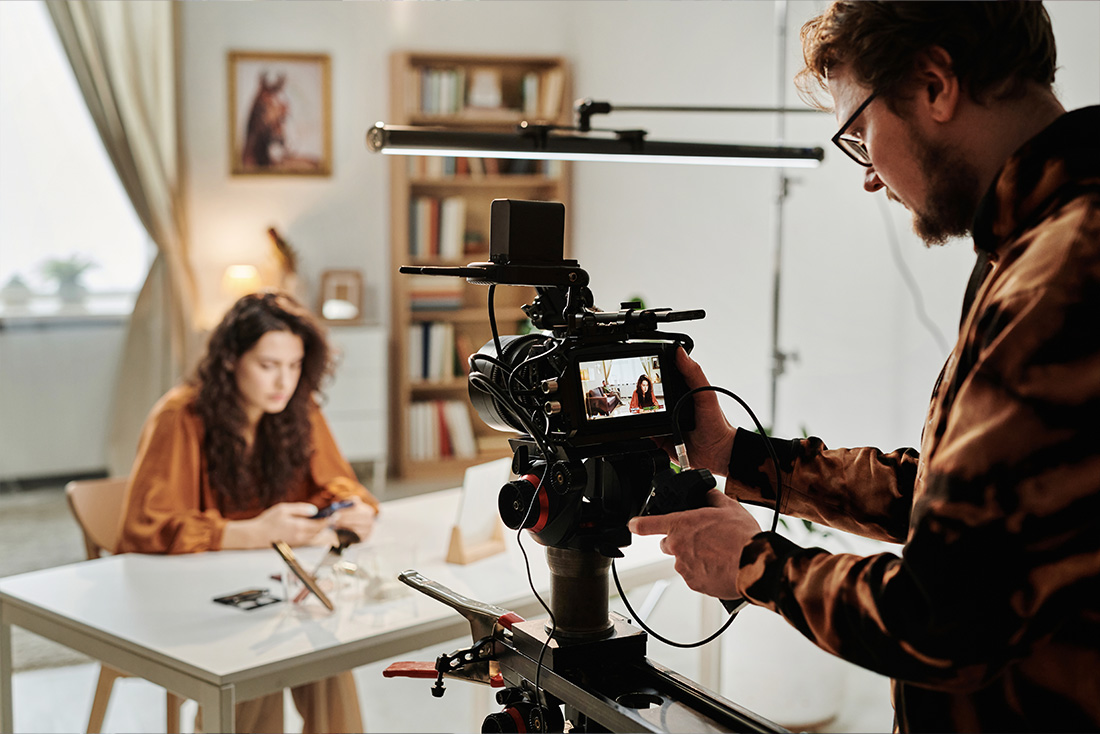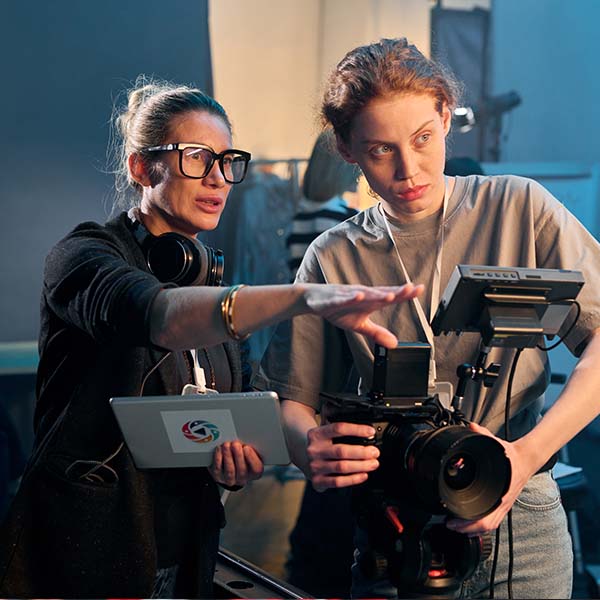Budgeting Basics: How to Create a Film Budget
John Hadity

Creating a film budget is an integral part of the production process. Without a budget, you can’t bring your vision to life. But with so many elements to consider and so many variations of the budget needed throughout the production process, putting one together can be daunting.
In this article, I'll explain the basics of budgeting, including what a film budget entails, and some simple tips that you can follow to get your budget started.
Why do you need a budget for your film?
The budget is one of the foundational documents of any production, alongside the script and the shooting schedule.
Put simply, the budget details all the projected costs of making a film, including talent and crew, equipment, location, wardrobe, construction, transportation and post-production expenses, to name a few.
The first iteration of your budget will likely play a key role in securing funding from investors, who will want to see a general outline of your costs. When details are more secure and funding is in place, you’ll need a comprehensive budget to prepare practically for your shoot. But it's important to note that even when your project is underway, that detailed version of your budget will be an ever-evolving document that keeps your film on track financially.

What to do before you start your budget
The first step in any project is to finalize the script. Once you have this, you’ll need to create a production schedule, which involves breaking your script down into the essential elements for every scene, including locations, equipment, actors, sets and props.
Although scheduling before working out your finances may feel premature, you’ll need a schedule to accurately forecast the money you’ll need to complete the project. Using dedicated software like Movie Magic Scheduling can help you to compare different scenarios and create detailed production schedules.
Creating a workable budget
While a lot of the information will still be projected at this stage, it’s important to be as realistic as you can about what needs to happen in front of, and behind, the camera. How much material can be shot in a day? How many people will you realistically need?
Underestimating what you need or how long things will take at this stage will likely derail your project further down the line. But overestimating will potentially be off-putting for funders. The aim here is to strike a balance in order to create a workable, realistic budget.
Remember, potential investors will want to see how their investment money will be spent. It's is essential for you to anticipate and understand what your costs will be, and adequately plan for them.
Above and Below the Line costs
For any project, your budget will be divided into two sections: above the line (ATL) and below the line (BTL) costs.
ATL costs usually account for around 30% of your total budget and include:
- Hiring the director, producer and principal cast
- Development costs
- Securing any underlying rights
- The script and any re-writes
BTL costs usually account for around 45% of your total budget and include costs relating to:
- All crew, including the director of photography, production designer, editor, costume and make-up teams, and production finance and production management crew
- Music
- Equipment
- Locations
- Transport
- Construction
- Catering
- Travel accommodations
- Post-production
- Fringe benefits
There will also be additional costs, including legal fees, production insurance and a contingency fund (investors and bond companies will often ask for a contingency of around 10% of the budget).

Knowledge is power
In any film production, there will always be unforeseen circumstances and even unpredicted costs, but the more information you have as you create your budget, the lower the risk of unwelcome surprises. It’s impossible to be an expert in every area of production, but the better your understanding of the constituent elements, the more precise your budget can be, so don’t be afraid to ask questions to expand your knowledge. Budgeting for the right resources that your film needs means knowing your project inside and out.
A well-organized film budget is structured into three levels:
- Topsheet: This level gives you the grand total for your budget, including the totals per budget heading or category. The topsheet is what you will show to potential investors to secure funding for your project.
- Account level: This level contains all the elements and expenditures that are included in each category. It takes a more detailed look at the costs for each area.
- Detail level: This level contains all calculations for each individual account and includes things like rates of pay and fringes. The details level is likely to change as your project progresses toward full-on production and it’s important to update it as things change during the course of pre-production.
The good news is that Entertainment Partners’ industry-leading software, Movie Magic Budgeting, can simplify your production budgeting, estimating, and reporting. Among other things, it allows you to enter information at the detail level, and this will automatically be calculated up to the account and topsheet levels.
Ready to start your film's budget? EP can help.
Creating a film budget that serves you from the initial stages of securing funding to adding up costs and calculating the estimated final cost is a tall order, but a workable financial plan is the cornerstone of any film production.
The team at EP is here for you every step of the way! We've got the tools you need to manage your budget, schedule and more, and experts with years of industry experience to answer your questions.
We look forward to supporting your development journey and seeing your script move from the page to the set and ultimately to the big screen!
Related Content

Budgeting Tips and Best Practices for Post-Production and Delivery

From Script to Screen: How to Create a Film & TV Production Schedule

The Beginner's Guide to Pitching a Film

How Production Incentives Help Indie Filmmakers Choose the Best Filming Location

The Filmmaker’s Guide to Equity Financing and Compliance

Post-Production Preparedness: How to Budget for Post & Delivery

How to Secure Film Financing: An Overview for Independent Producers

Small Budget, Big Dreams: Landing the Perfect Location for Less

Payroll Insights for Budgeting Success in 2024

A State-by-State Guide to Paid Family Leave

UK Government Announces Minimum Wage Updates

